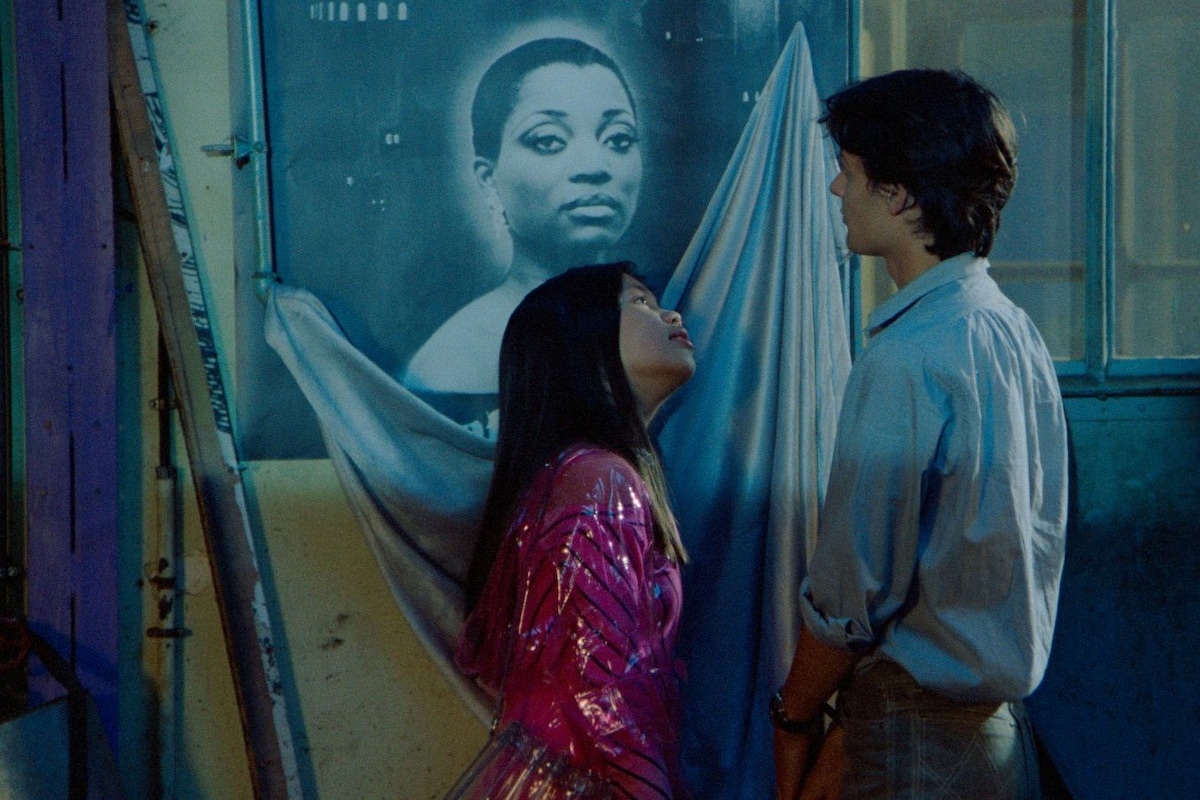
"In 1981, a young Parisian director kickstarted a style of French cinema as synonymous with the decade to come as the Nouvelle Vague was with the 1960s, or poetic realism with the 1930s. The cinema du look was a term coined by critic Raphaël Bassan to describe the work of three young filmmakers - Léos Carax, Luc Besson and Jean-Jacques Beineix - overwhelmingly concerned with matters of style."
"Released in 1981, Beineix's film was slated in France but played well abroad, where its lush, rhapsodic style made it a cult favourite. Like many of the films that followed, Diva drew on giallo's expressive use of colour, action cinema's rapid cutting style and pop art's blend of high and low culture, telling a story of young people living on the margins of urban society."
"It's a combination that France, ever alert to the lurking threat of Americanisation, was predictably sniffy about. But didn't Jean-Luc Godard twist the tropes of Hollywood cinema to his own radical ends in the 1960s? Beineix and his peers weren't out to change the world, but they did know how it felt to live in it, inhabiting philosopher Guy Debord's realm of signs and signifiers more fully than Godard ever could."
Cinema du look emerged in 1981 as a style defined by vivid visual flourish, glossy production design and youth-focused urban narratives. The movement centers on Léos Carax, Luc Besson and Jean-Jacques Beineix and began with Beineix's Diva, a noirish tale of an opera-obsessed postman entangled in crime. Films often borrow giallo's expressive colour, action cinema's rapid cutting and pop art's blending of high and low culture to portray marginalised young people in urban settings. French critics criticised the movement's perceived Americanisation, while its films engaged contemporary consumer signs and imagery with cinematic spectacle. Diva has received a 4K restoration.
Read at AnOther
Unable to calculate read time
Collection
[
|
...
]